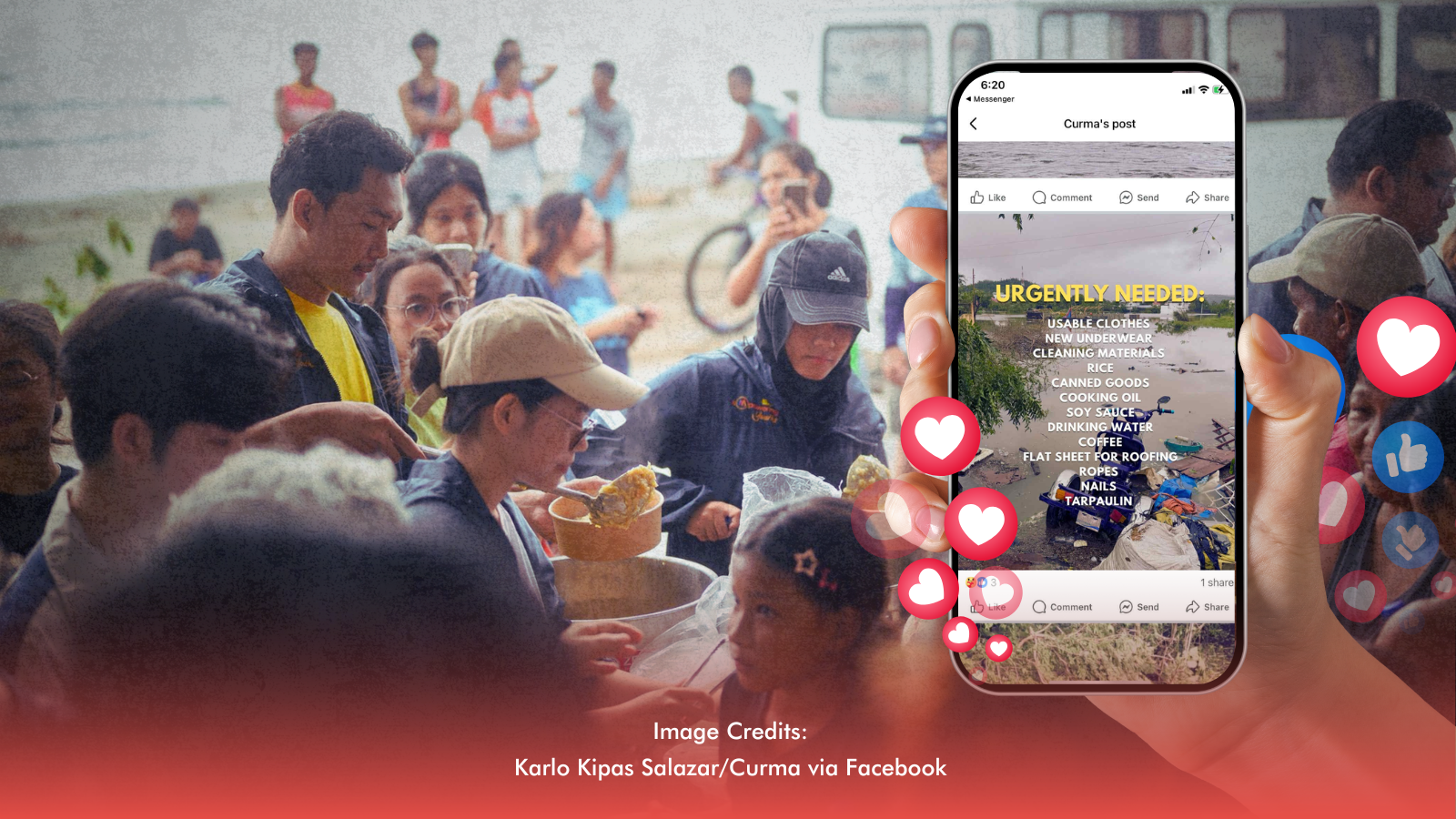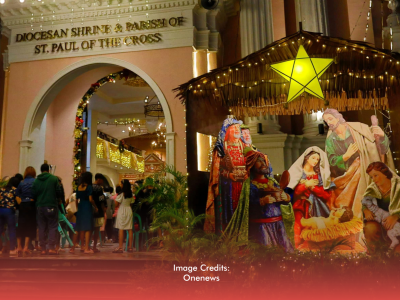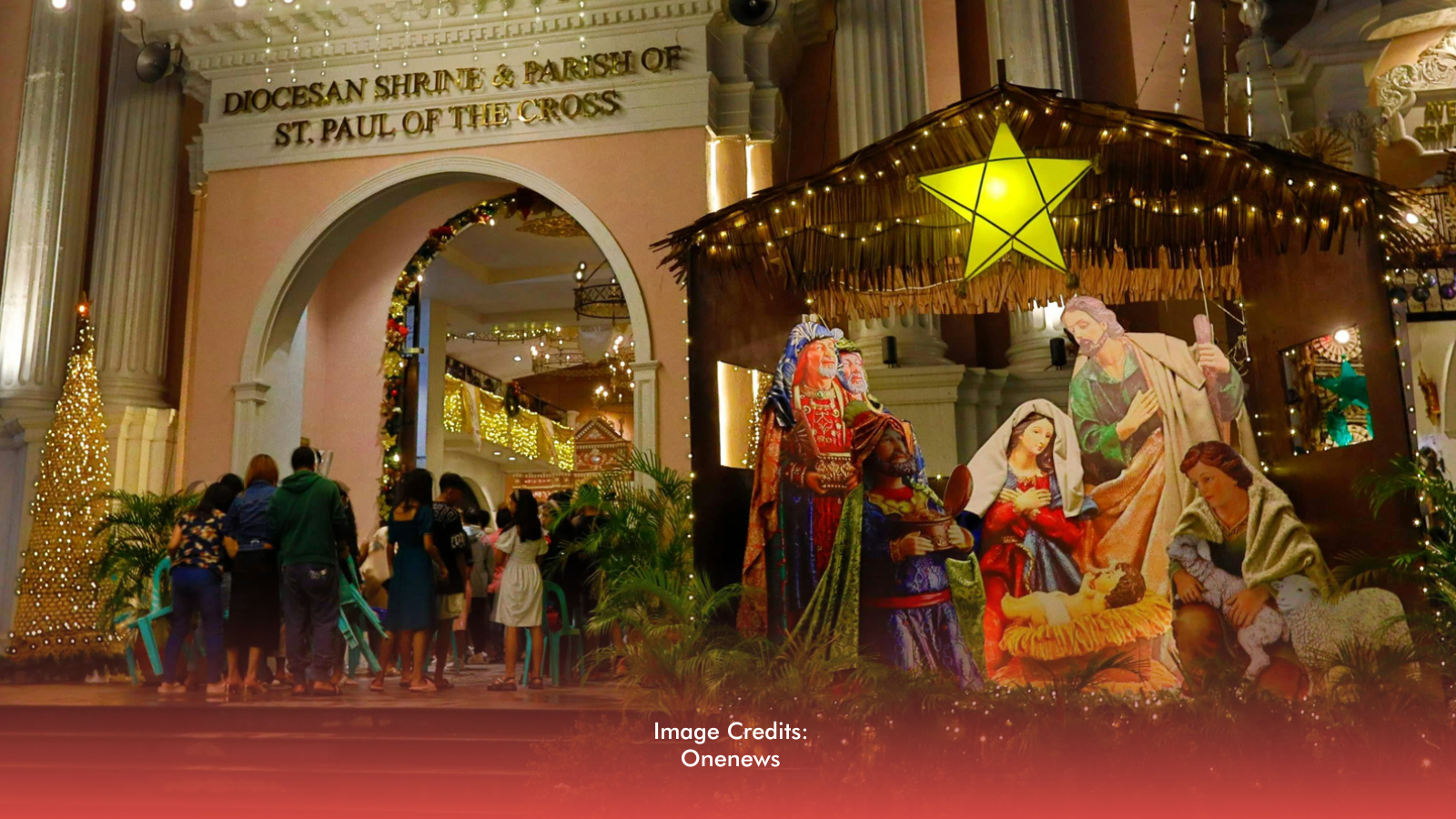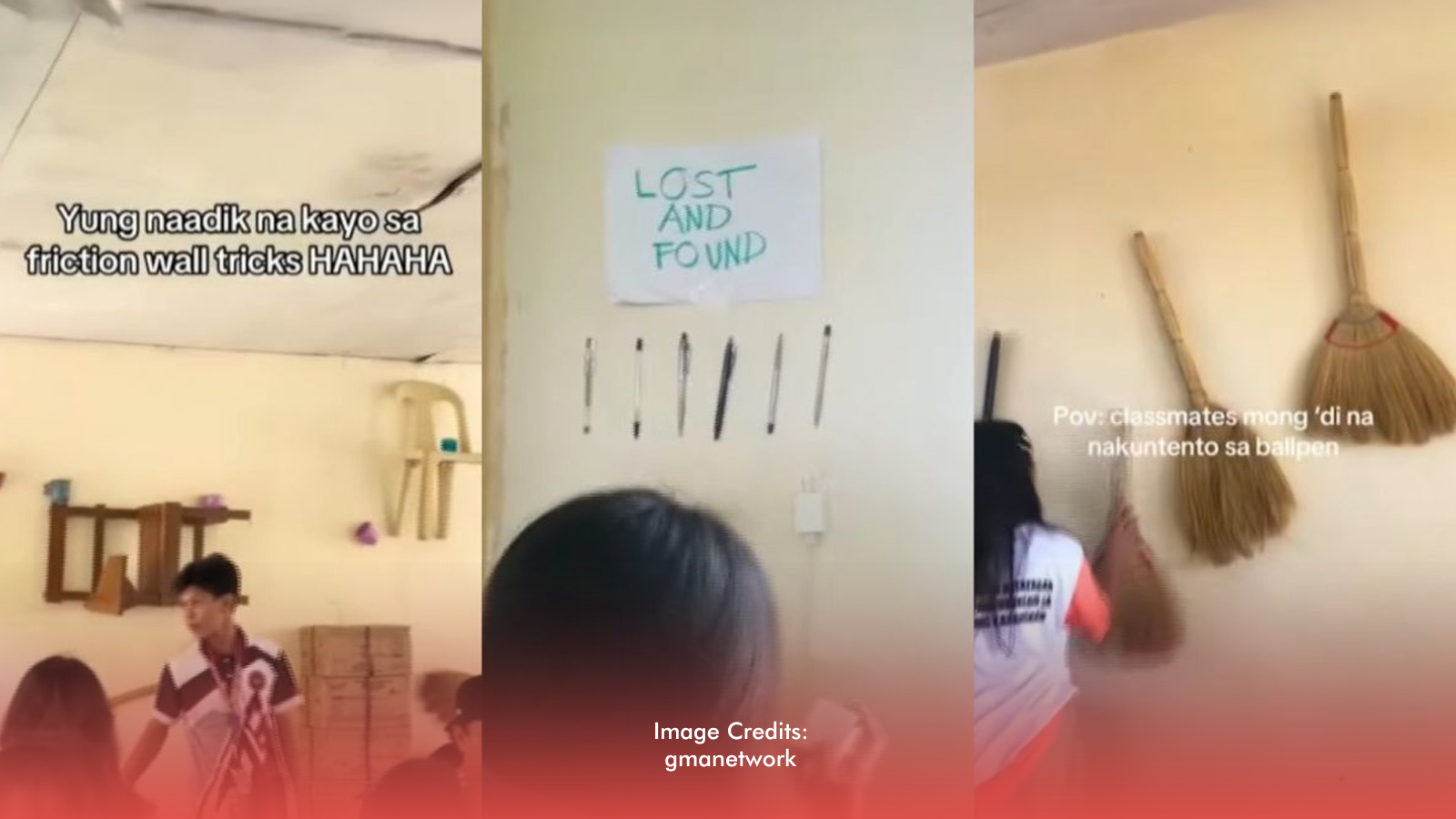The Filipino spirit of bayanihan has always been about neighbors lifting each other up, sometimes literally, like moving a house on bamboo poles. Now in the digital age, this centuries-old tradition has found a new home: the internet.
Today’s bayanihan may not involve carrying bahay kubos, but it does involve carrying each other through life’s hardest moments—with help from smartphones, social media, and mobile wallets. With just a Facebook post and a QR code, Filipinos can now rally support for medical emergencies, calamity relief, or even daily survival.
Digital Donations, Real-World Impact
It only takes one shared post to go viral, and often, that’s all it takes to save a life. From raising funds for a stranger’s hospital bills to organizing online donation drives for typhoon survivors, social media has become the new barangay hall, where everyone can come together to help.
Digital bank apps like GCash and Maya have made it easier for Filipinos to donate instantly. Just scan a QR code, type in an amount, ‘kahit piso lang,’ and hit send. The barrier to giving is lower than ever, and the response time is almost instant.
Even the simple act of sharing a post has power. One viral story of a child with leukemia, for example, turned into a full-blown nationwide fundraising effort, powered not by celebrities or influencers, but by ordinary people spreading the word and donating what they could.
Kindness in the Comments
Online bayanihan isn’t just about money. Comment sections are often flooded with prayers, words of encouragement, and emotional support. “Wala akong maibigay, pero ipagdadasal ko po kayo,” some users write, proof that the spirit of pakikiramay still thrives in this new format.
And just like traditional bayanihan, digital volunteerism is rooted in empathy. Whether it’s coordinating relief goods through Google Sheets or livestreaming fundraising concerts, Filipinos continue to find creative ways to uplift others, even from behind a screen.
In the end, bayanihan has simply evolved with the times. It may look different now, swipes and clicks instead of sweat and calloused hands, but the heart behind it is the same. It’s proof that no matter the platform, the Filipino spirit of solidarity lives on.








